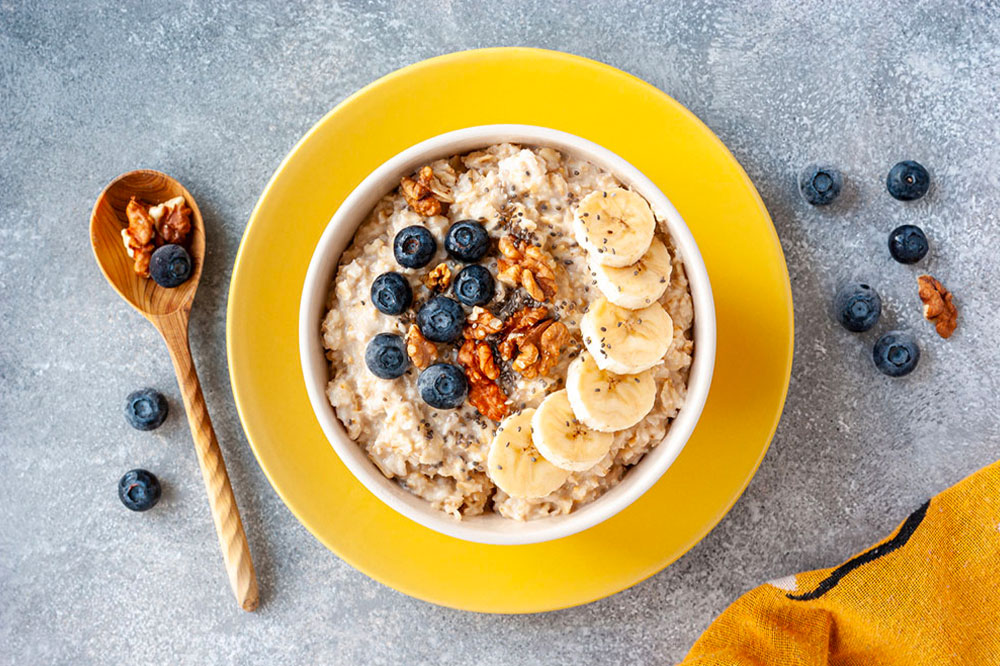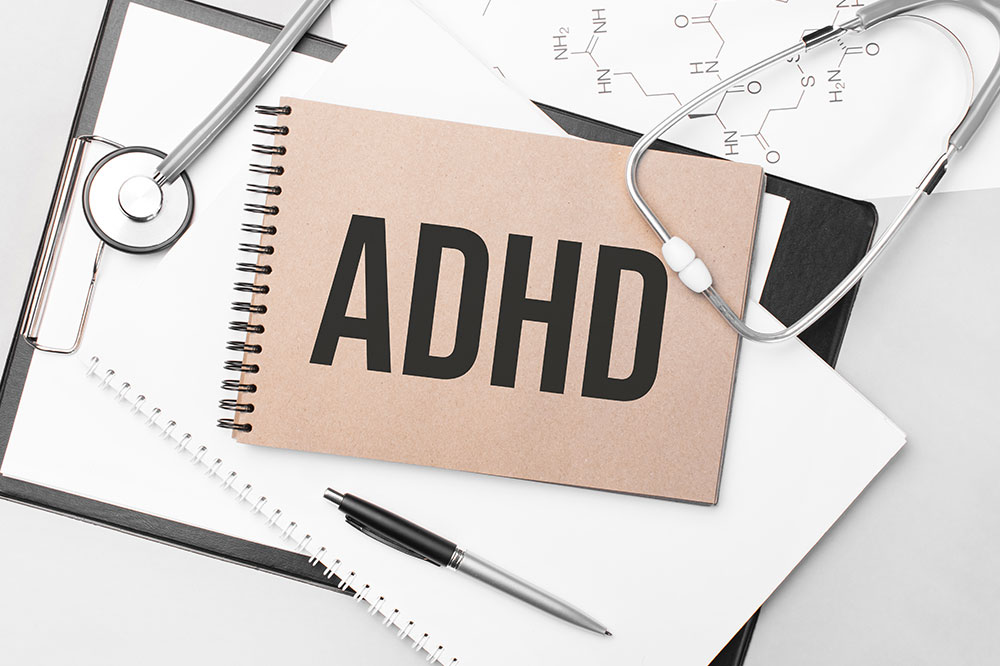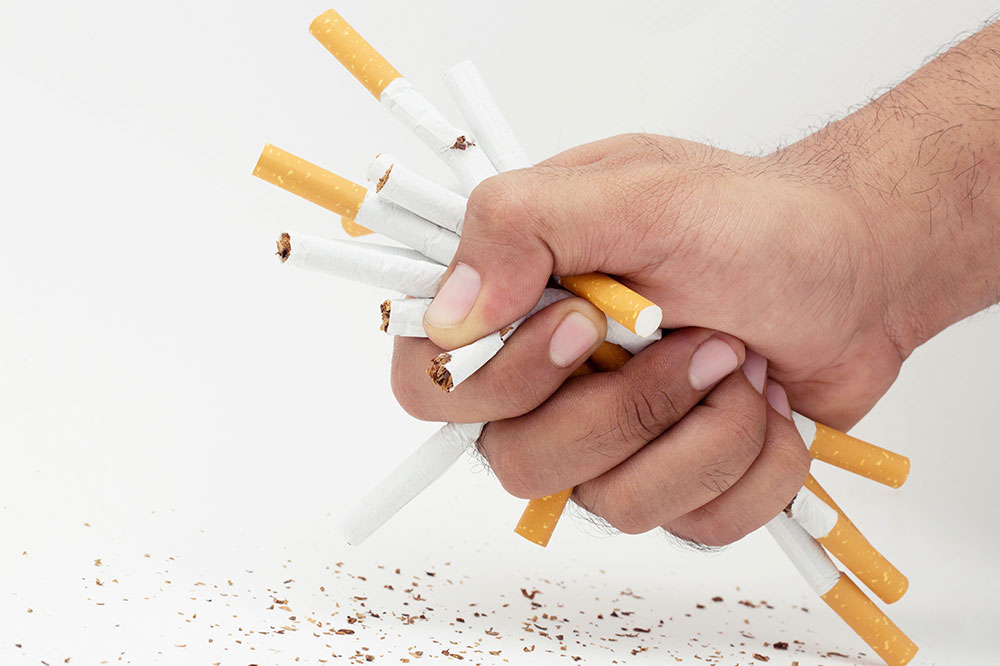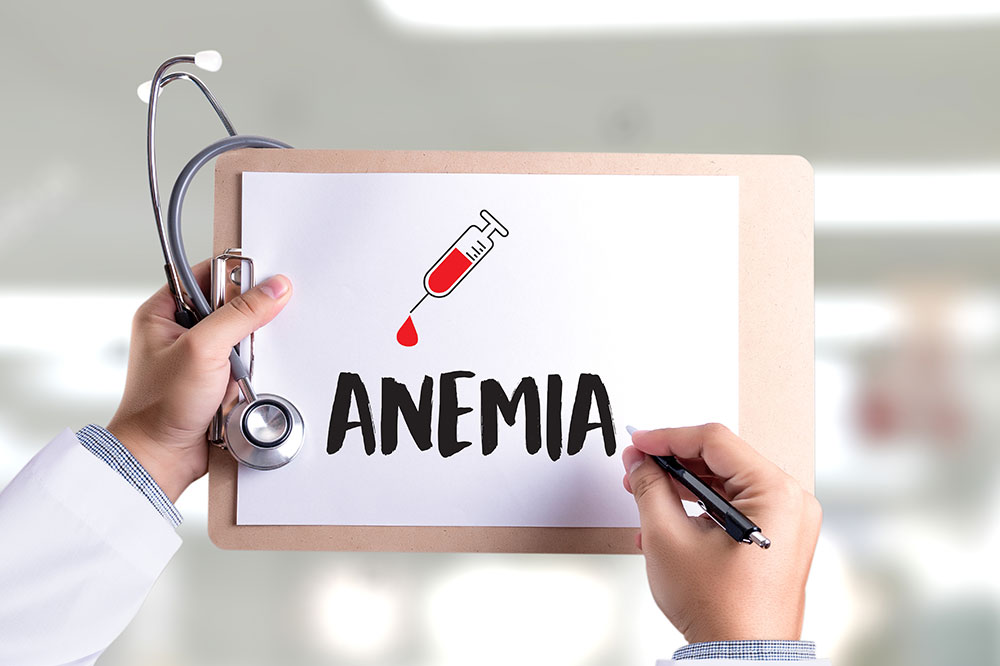7 simple snack ideas that can reduce cholesterol levels

If the cholesterol level in an adult is above 240 mg/dL, they have high cholesterol. The level varies for men and women based on their age. 12% of adults and 7% of adolescents in the country have high cholesterol. Besides treatment, nutritional regimes and exercise are key to lowering cholesterol levels. A person with high cholesterol must commit to a diet that does not spike the current numbers. Here are some snack options that can lower cholesterol levels:
Avocado
Avocado is a must-have item in the kitchen if an individual has high cholesterol. It is rich in healthy fats that keep one satisfied, and it has 0 cholesterol. Avocado is also versatile; add it to egg, chicken, or vegetable salads, and make guacamole, toast, or salsa. If there are young kids with cholesterol, avocados can be included twice a week in ways that appeal to their palette. Here are some easy-to-make avocado snacks:
Avocado and salmon toasts
Avocado and cucumber roses
Grilled avocado with hummus and tahini
Avocado and chicken or egg salad
Guacamole with baby carrots
Baked avocado fries
Baked chips
If an individual is working towards lowering their cholesterol levels, it takes a lot of commitment and discipline. Doctors would have banned fries, but one can still enjoy healthy fries once in a while. Just bake them instead of deep frying them. Also, it should be had in moderation. Baking vegetables can prevent the intake of greasy oil full of unsaturated fats. Homemade baked fries are better than processed baked fries. Use healthy homemade dips and salsa instead of store-bought dips while eating chips. They may contain hidden sugar and salt that can add to weight gain. Here are some healthy ideas for baked chips:
Sweet potato
Zucchini
Pumpkin
Green Banana
Carrot
Beetroot
Bitter Melon
Fruity snacks
One or 1 ½ cups or 2 to 3 servings of fruit is ideal for people with high cholesterol. It can help to keep your LDL cholesterol in check. Fruits are rich in soluble fiber and can aid the body in getting rid of cholesterol. Some fruits contain pectin, which can help in reducing cholesterol. Fruits are also beneficial for heart health. Fruits can be eaten in rotation or by making a fruit bowl, mixing an individual’s favorite fruits. If one prefers fruit juice, it can be had without sugar. Some fruits that help in lowering cholesterol levels are:
Tomatoes
Apples
Lemons
Limes
Oranges
Grapefruit
Papaya
Strawberries
Salads
Fresh homemade salads can be a wholesome meal or a snack. Doctors advise people with high cholesterol to eat five or six smaller meals daily instead of three heavy meals. Salads can be one of the items on the daily menu. But it can be beneficial only if one goes in for homemade salads. Store-bought salads may have preservatives and additives in their salad dressings. Vegetables can be chopped in advance, and one can add the dressing just before eating the salad. Make dressing out of lime, vinegar, pepper, and honey, avoid using store-bought dressing, and say no to croutons. Some salad ideas that aid in lowering cholesterol are:
Apples, walnut, cheddar salad
Cucumber avocado salad
Garbanzo and rice salad
Pineapple, carrot, cabbage, celery, and onion salad
Quinoa, broccoli, and tomato salad
Baby spinach and prawn salad
Cholesterol-lowering beverages
Snacks need not be solid all the time. If one feels hungry but not enough for a meal, they can also use beverages that help reduce cholesterol. Hot chocolate without sugar twice a day or green tea twice a day can be ideal snacks.
Nuts and seeds
Nuts and seeds are superfoods of micronutrients, unsaturated fats, and fiber. Most importantly, they are rich in antioxidants that help keep one healthy during the period when they are making changes to their new lifestyle and food habits. Have a handful of mixed nuts every day. The best nuts and seeds that aid in lowering cholesterol numbers are:
Almonds
Flaxseed
Pistachios
Pumpkin seeds
Sesame seeds
Sunflower seeds
Walnuts
Whole grain snacks
Whole grains are highly recommended for lowering cholesterol as they contain zero cholesterol. It also adds to weight loss, a leading cause of high cholesterol. Slowly replace refined grains with whole grains like amaranth seeds, brown rice, bulgur, rye, quinoa, steel-cut oats, barley, wheat berries, and wild rice. Some healthy whole grain snack ideas are:
Cereals
Energy bars
Melba toasts
Muffins
Oatcakes
Popcorn
Smoothies combining whole grains and fruits
Tortillas
Whole grain bread, pasta, pita bread
Whole grain buns and rolls
Whole grain cookies
Importance of lowering high cholesterol
Management of cholesterol through a nutritional regime is just one approach. It may not be entirely helpful unless combined with a structured treatment and regular exercise. Giving up on a low-cholesterol nutritional regime halfway can cause a spike in the numbers and put one at risk for cardiovascular diseases. Many assume that only people with a higher BMI are at a risk for higher cholesterol. Cholesterol does not give out any symptoms; many find out they may have higher numbers during a routine blood test. Undetected or untreated cholesterol can lead to the following complications:
Atherosclerosis
Fat deposits in artery walls
Heart attack
Hypertension
Stroke
Type 2 diabetes






